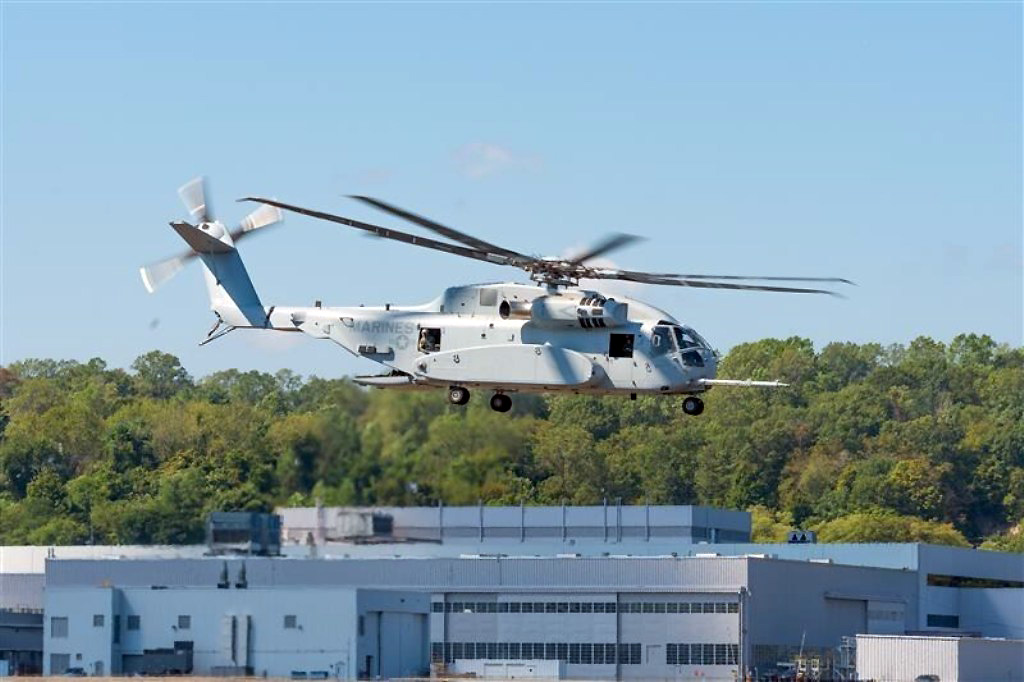ZeroUSV Achieves Milestone in Autonomous ASW Operations at NATO Exercise
Innovative Deployment of Sonar Technology
The UK-based maritime autonomous systems firm ZeroUSV recently announced a significant achievement: the first-ever autonomous launch and recovery of a towed array sonar during NATO’s ‘REPMUS’ (Robotic Experimentation and Prototyping with Maritime Unmanned Systems) and ‘Dynamic Messenger’ (DYMS) 2025 exercise near Portugal’s coastline.
On September 22, ZeroUSV revealed that its Oceanus12 unmanned surface vehicle (USV) successfully executed this task without human intervention. The Oceanus12 is not only capable of this sonar operation but has also demonstrated proficiency in deploying miniaturized sonobuoys.
Overview of the REPMUS 2025 Exercise
Launched on September 15, REPMUS is NATO’s premier annual event focused on unmanned naval systems. Hosted by the Portuguese Navy at the Tróia peninsula and Setúbal Bay, the exercise brings together over 20 allied nations along with defense contractors and technological innovators. The primary objective is to evaluate the interoperability of unmanned and manned fleets in authentic mission scenarios.
Integrated with the DYMS initiative, REPMUS serves as a testing ground for scalable emerging technologies within complex, real-world environments.
Contract and Upgrades for Oceanus12
ZeroUSV’s participation in the REPMUS 2025 exercise is supported by a GBP196,000 (USD262,000) contract from the UK Ministry of Defence (MoD), awarded earlier this year. The Oceanus12 USV, measuring 12 meters in length, has been upgraded with advanced sonar, radar, and communication systems for this event. These enhancements are designed to showcase continuous, autonomous anti-submarine warfare (ASW) capabilities as part of NATO’s live experimentation program.
Successful Trials: A Step Forward for Autonomous Systems
During the trials, ZeroUSV reported the successful execution of what it describes as the “first fully autonomous launch and recovery of a towed array.” This was accomplished using the OptiArray thin-line fiber-optic passive towed array sonar, developed by the Dutch sensor company Optics11, which was installed in the stern well of the Oceanus12.
ZeroUSV’s advancements mark a notable progression in the field of autonomous maritime systems and ASW technology, reinforcing the potential for enhanced capabilities in future naval operations.
The implications of these developments extend beyond the operational efficiency of naval fleets, opening avenues for further exploration of unmanned systems in defense contexts. As such, these innovations underscore the importance of continued investment and research in maritime autonomy as geopolitical threats evolve.





